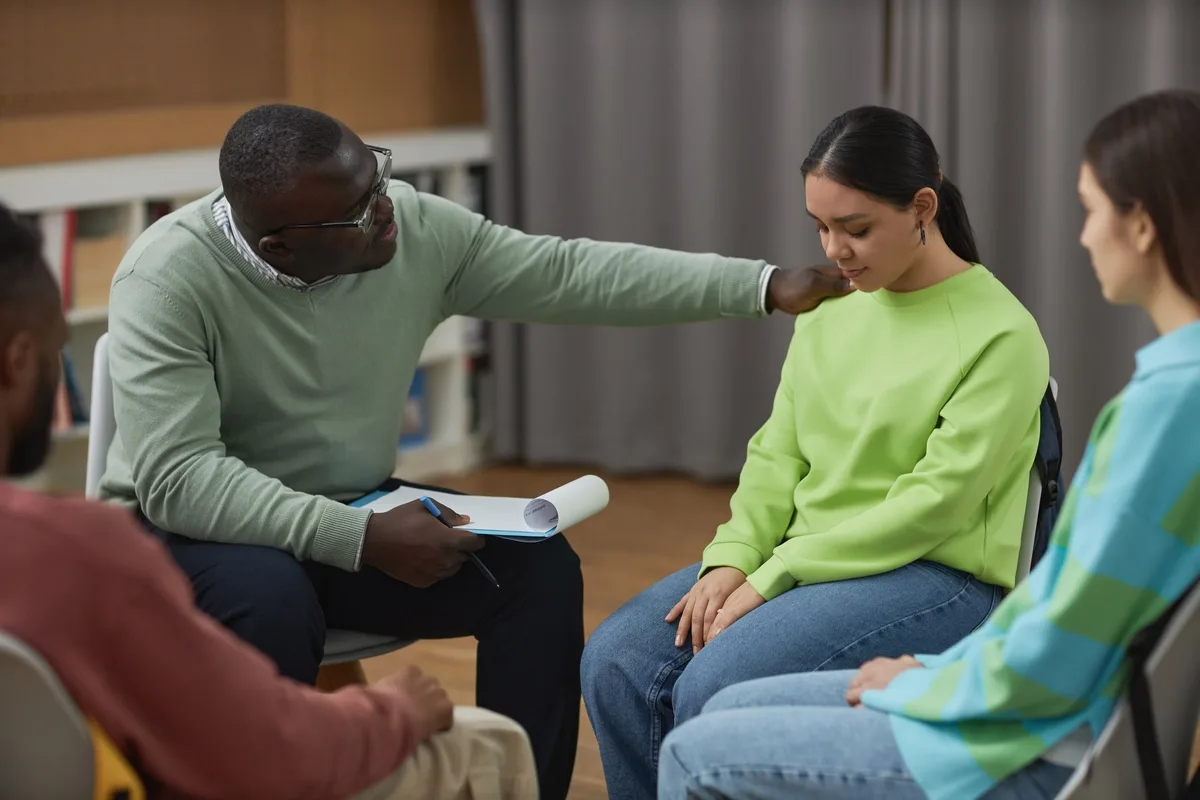24/7 Helpline:
(866) 899-221924/7 Helpline:
(866) 899-2219
Learn more about Morphine Rehab centers in Camino
Morphine Rehab in Other Cities

Other Insurance Options

BHS | Behavioral Health Systems

Ambetter

AllWell

Absolute Total Care

Optum

Coventry Health Care

Magellan Health

WellPoint

Optima

Premera

Multiplan

BlueCross

UnitedHealth Group

EmblemHealth

Sliding scale payment assistance

Magellan

MHNNet Behavioral Health

Horizon Healthcare Service

Kaiser Permanente

Self-pay options

U Turn For Christ
U-Turn For Christ is a residential Christian Discipleship Re-entry Program. They provide the teachin...







Progress House – Women and Children’s Residential
Progress House - Women and Children's Residential specializes in the treatment of women with chemica...



